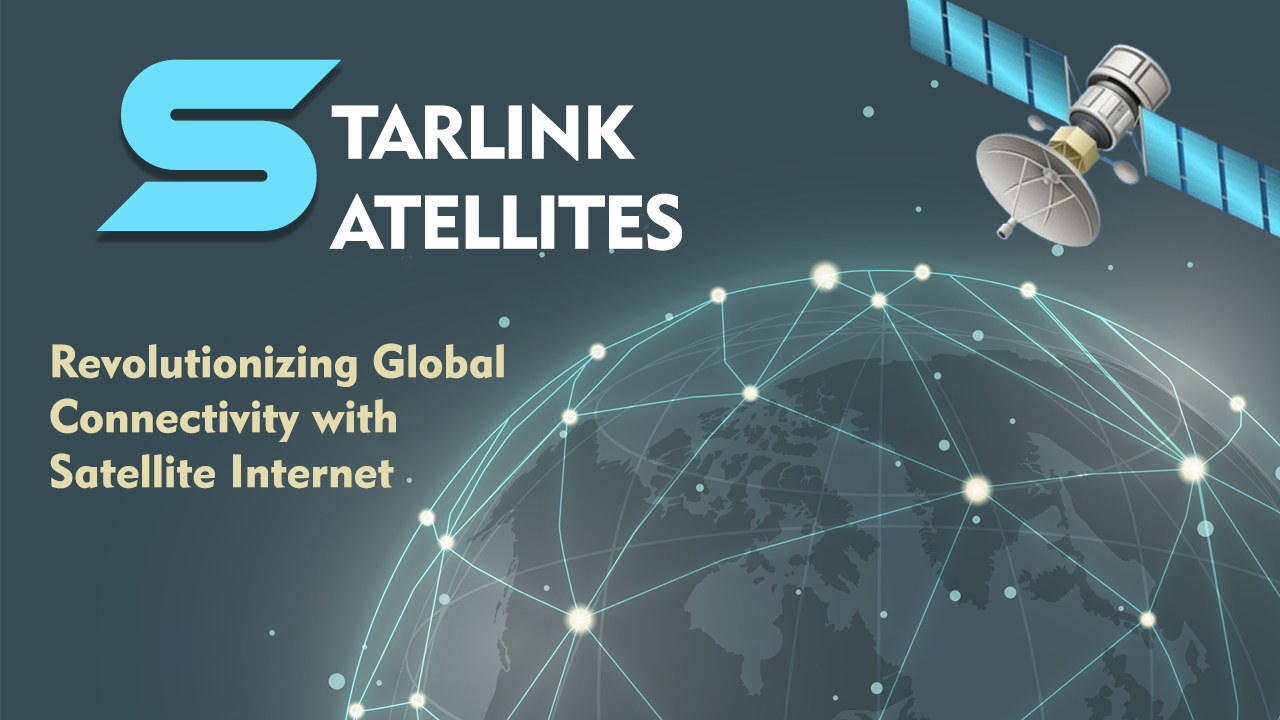Published:
January 04, 2025Some facts about Starlink Satellites
What is Starlink?
Starlink is a satellite internet constellation developed and operated by SpaceX, a private aerospace company founded by Elon Musk. The primary aim of the project is to provide high-speed, low-latency internet access to underserved and remote areas across the globe, addressing the digital divide.
Key Features and Technology
- Low Earth Orbit (LEO) Deployment: Starlink satellites are positioned in low Earth orbit, approximately 340 to 1,200 kilometers above the Earth’s surface. This is significantly closer than traditional geostationary satellites, which orbit at around 36,000 kilometers. The lower altitude reduces latency, improving the quality of internet services, particularly for real-time applications like video calls and gaming.
- Constellation Structure: The Starlink system consists of thousands of small satellites, each weighing about 260 kilograms. They operate in a coordinated network, using advanced phased-array antennas and lasers to communicate with each other and ground stations. This interconnected network ensures continuous global coverage.
- Phased-Array Technology: The user terminals (often referred to as “Starlink dishes”) use phased-array technology to establish and maintain a connection with the satellites. This allows the dish to dynamically track multiple satellites without needing mechanical movement.
- Scalability and Modular Design: The modular design of the satellites and regular launches (often deploying 60 or more satellites at a time using SpaceX’s Falcon 9 rockets) enable rapid expansion of the constellation.
Advantages of Starlink
• Global Coverage: Starlink aims to provide internet access in areas where traditional fiber or cellular networks are impractical or unavailable.
• High Speeds: Users can expect download speeds of 50–250 Mbps, depending on location and network congestion.
• Low Latency: Latency ranges from 20–40 milliseconds, which is comparable to terrestrial broadband services.
• Rapid Deployment: Unlike traditional infrastructure, satellite internet can be deployed quickly, requiring only the installation of a user terminal.
Challenges and Criticisms
- Astronomical Interference: Astronomers have raised concerns about the visibility of Starlink satellites in the night sky, which can interfere with telescopic observations. SpaceX has responded by implementing sunshades and low-reflectivity coatings on newer satellites.
- Orbital Debris: With thousands of satellites planned, the risk of collisions and space debris has become a significant concern. SpaceX has equipped Starlink satellites with autonomous collision-avoidance systems and plans for deorbiting at the end of their life span.
- Regulatory Hurdles: The global nature of Starlink requires compliance with various national and international regulations, complicating deployment in certain regions.
- Cost: While Starlink provides high-quality service, the initial equipment cost (approximately $599 for the dish) and monthly fees (starting at $110) may be prohibitive for some users.
Future Prospects
Starlink has ambitious plans to expand its network further, targeting a total of 42,000 satellites in orbit. The system also aims to serve specific industries, such as maritime, aviation, and military, through customized service tiers. Additionally, partnerships with governments and organizations could enhance global disaster response and educational initiatives.
With its innovative technology and expansive vision, Starlink represents a transformative step in global connectivity. However, it must address its challenges to achieve sustainable success.
